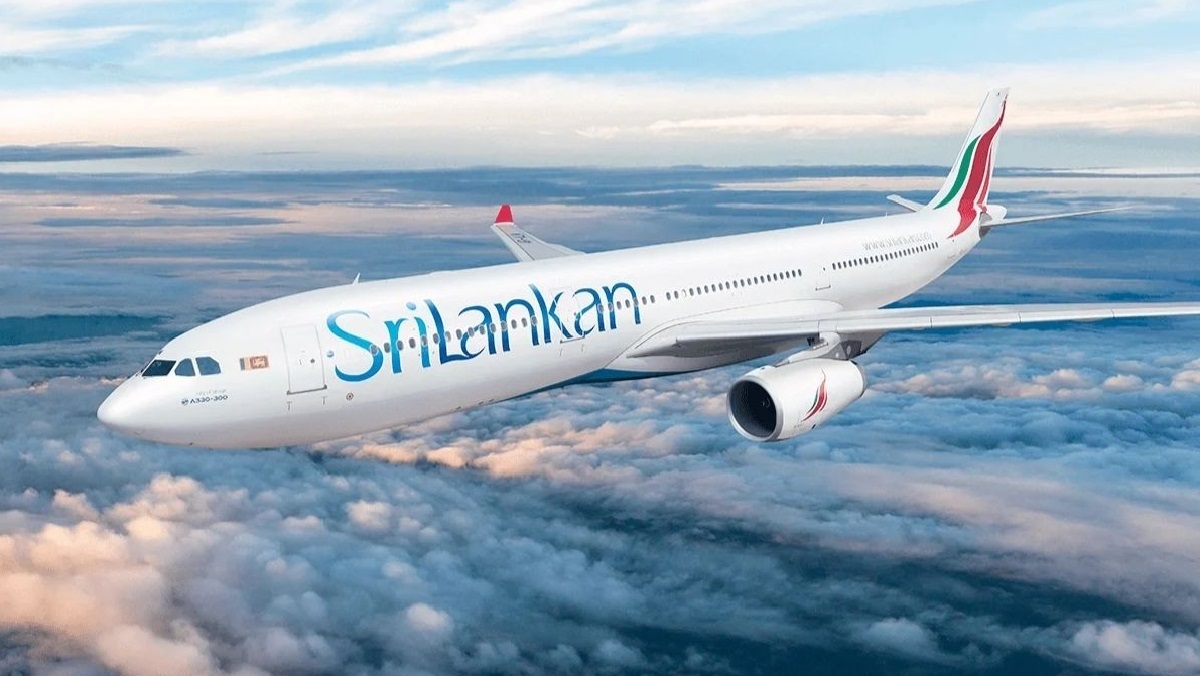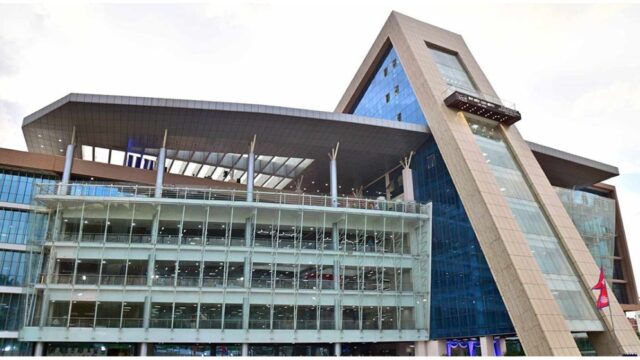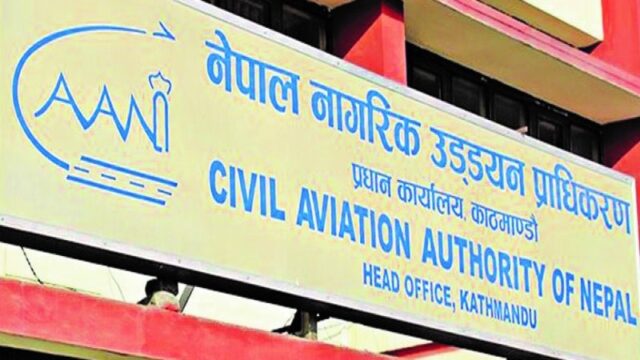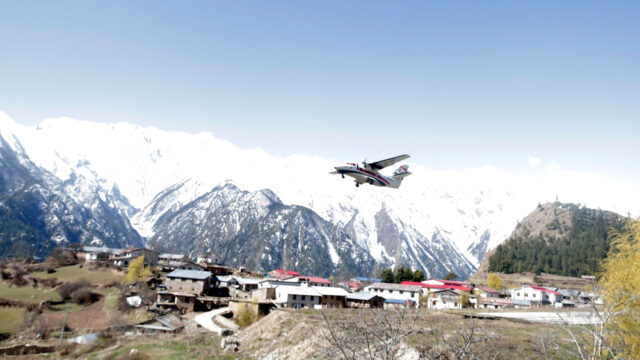In a bid to rejuvenate its economy and attract more foreign currency, Sri Lanka is increasingly turning to tourism as a key tool. Known as a prime destination for high-spending tourists among South Asian countries, Sri Lanka is introducing various packages and initiatives to promote tourism.
One of the most significant moves in this direction is the introduction of a free visa policy for tourists from 36 countries, including Nepal, starting from October 1, 2024. Sri Lanka’s Tourism Minister, Harin Fernando, recently announced this decision following a Cabinet meeting, stating that the move is aimed at boosting tourist numbers as part of the country’s broader economic recovery strategy.
Sri Lanka has set an ambitious target of welcoming 2.3 million tourists by the end of 2024. So far, by July 2024, the country has already seen 1.3 million visitors. According to the Sri Lanka Tourism Authority, approximately 150,000 tourists are currently arriving in the country each month.
However, Sri Lanka’s tourism sector has faced significant challenges. The country’s economic collapse two years ago led to a sharp decline in tourist numbers, dropping from 2.3 million in 2018 to just 1.4 million in 2023. To reverse this trend, Sri Lanka is now offering free visas to tourists from 35 countries, positioning tourism as a cornerstone of its economic development.
In tandem with visa-free entry, Sri Lanka is working on rebranding its tourism sector to attract more visitors. The country’s national carrier, Sri Lankan Airlines, has been a crucial part of this effort, offering direct and networked flights to 113 destinations across 59 countries for the past 45 years. Notably, the airline has been operating direct flights between Kathmandu and Colombo for the last three years, with five flights a week from Sunday to Friday.
Nilina Pathirana, Country Manager for Sri Lankan Airlines in Nepal, highlighted Sri Lanka as an affordable and accessible destination for Nepali tourists. She mentioned that with growing demand, the airline is considering increasing its flight frequency. “Nepalis are increasingly traveling to destinations like the Maldives, Malaysia, Thailand, Dubai, and Indonesia. Sri Lanka offers a similarly attractive option,” said Pathirana. “Tourism, which once contributed around 35% to the country’s GDP, is now contributing about 5%.”
Deepak Mainali, Manager at Zenith Travel Pvt. Ltd., the official travel agency for Sri Lankan Airlines in Nepal, reported a significant increase in passenger occupancy on the Kathmandu-Colombo route, currently at 95%. Colombo-Kathmandu flights also see around 60% occupancy. With the festive season approaching, flights to Nepal are fully booked, and October bookings are looking strong, bolstered by the arrival of visa-free travel.
Sri Lanka, with a Buddhist-majority population of over 70%, and a significant Hindu community, is keen to attract Nepali tourists to visit landmarks like Lumbini, the birthplace of Gautama Buddha, and the Pashupatinath Temple. Meanwhile, Nepalis are showing interest in exploring Sri Lanka’s royal palaces, beaches, and the famous Temple of the Tooth.
To further entice Nepali tourists, Sri Lankan Airlines has introduced a 4-night, 5-day package priced at approximately NPR 90,000 per person. This package includes round-trip airfare, accommodations, meals, and sightseeing. For those looking to explore other parts of Sri Lanka, additional time and costs can be arranged according to the tourists’ preferences.
Mainali emphasized that Sri Lanka is eager to welcome more Nepali tourists and has developed various packages to cater to their needs. “We are working to strengthen ties between the two countries, benefiting both economies,” he said, adding that the tourism sector is a vital part of this effort.






